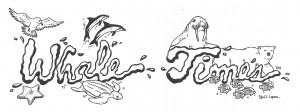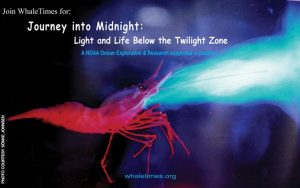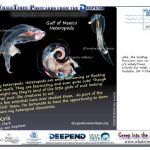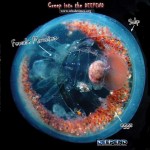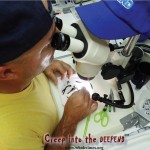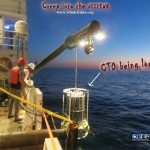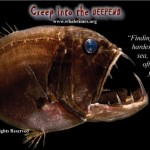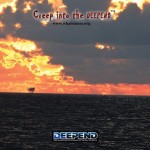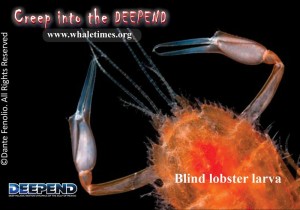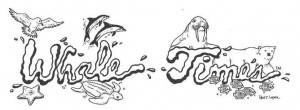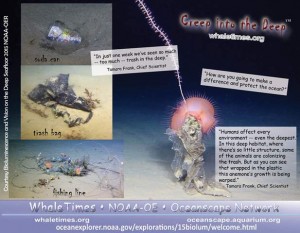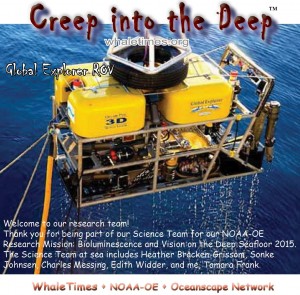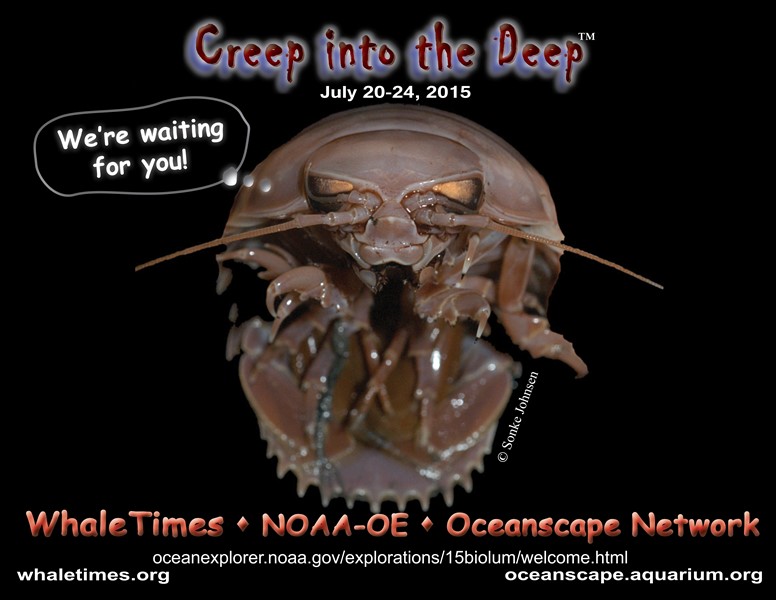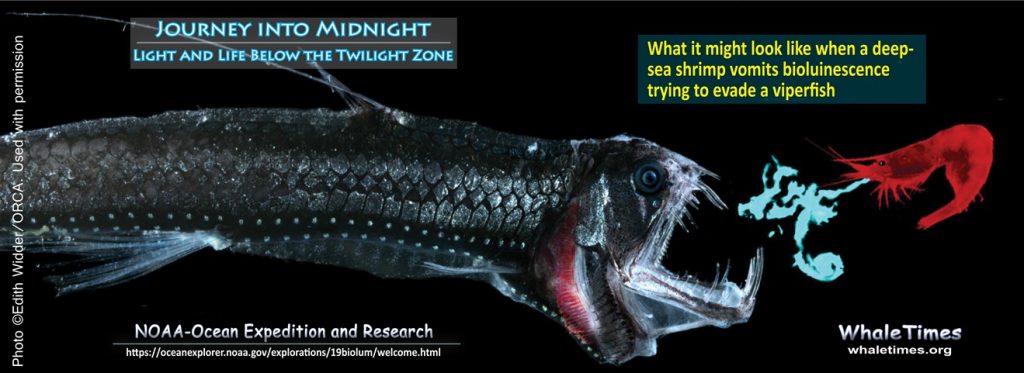 Our Journey into Midnight: Light and Life Below the Twilight Zone Virtual Research Mission has begun!
Our Journey into Midnight: Light and Life Below the Twilight Zone Virtual Research Mission has begun!
Despite being the largest habitat by volume on the planet, the water column remains one of the most poorly explored environments. This is especially true once one moves below 1000 m into the bathypelagic realm. Join world renowned deep-sea explorers Dr. Sonke Johnsen, Dr. Tamara Frank, Dr. Edie Widder, Dr. Heather Judkins, and Dr. Heather Bracken-Grissom as they share the research and discoveries from the NOAA Ocean Exploration and Research supported expedition, Journey into Midnight: Light and Life Below the Twilight Zone
Meet the Journey into Midnight: Light and Life Below the Twilight Zone team:
Teachers and librarians, there’s still time to join our virtual research team.
For more information email us: sigsbee at our website whaletimes.org
